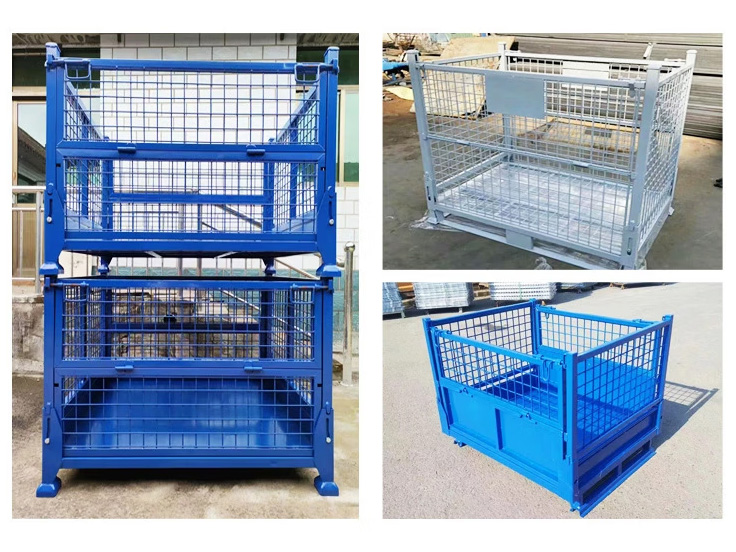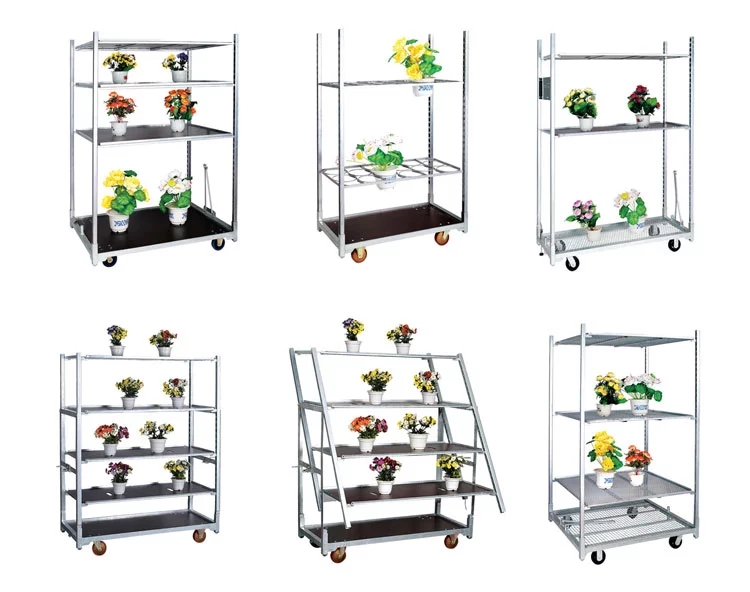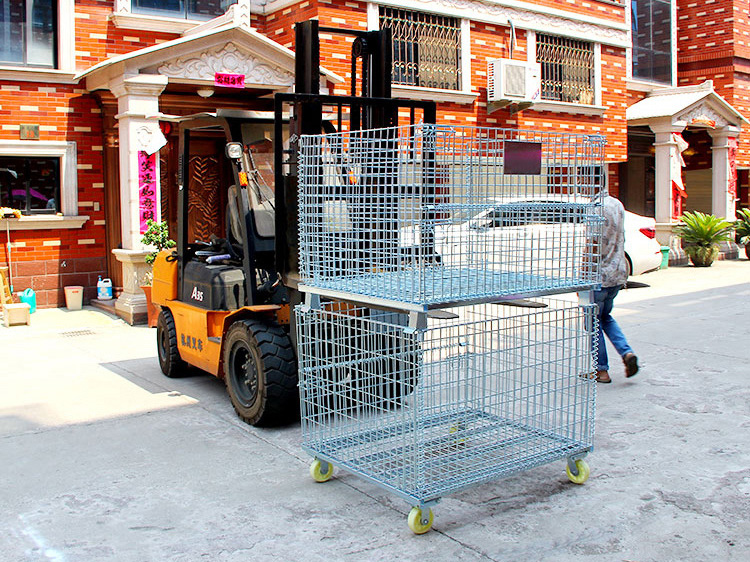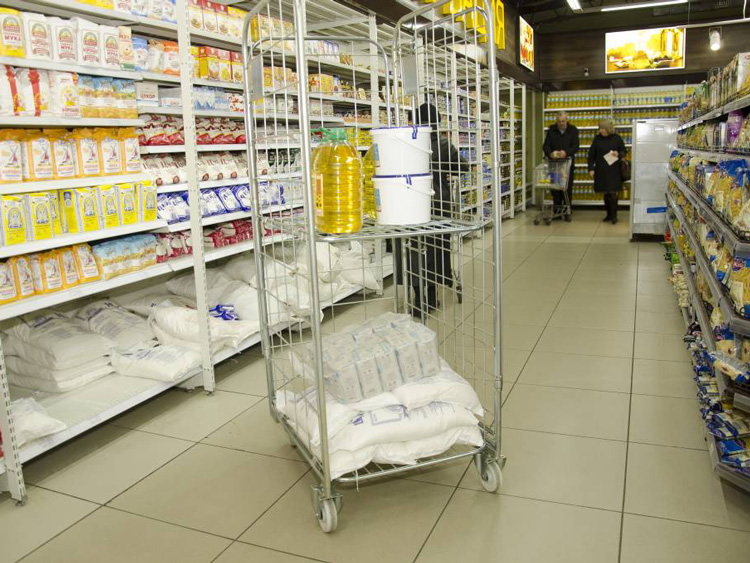-
 E-mail:
aceally4@aceallygroup.com
E-mail:
aceally4@aceallygroup.com
-
 Wechat: a18350222213
Wechat: a18350222213
-
Time:6/25/2025
-
Time:6/24/2025

- CONTACT US
- Wechat: a18350222213
- aceally4@aceallygroup.com
Steel pallets vs. plastic pallets: a guide to choosing for warehouse use
 Time:8/19/2024
Time:8/19/2024 355
355In warehouse operations, the choice between steel pallets and plastic pallets requires careful consideration based on the specific conditions of the warehouse, the nature of the goods, operational needs, as well as cost-benefit analysis. Here's a detailed comparison and analysis of the two types of pallets for warehouse use:
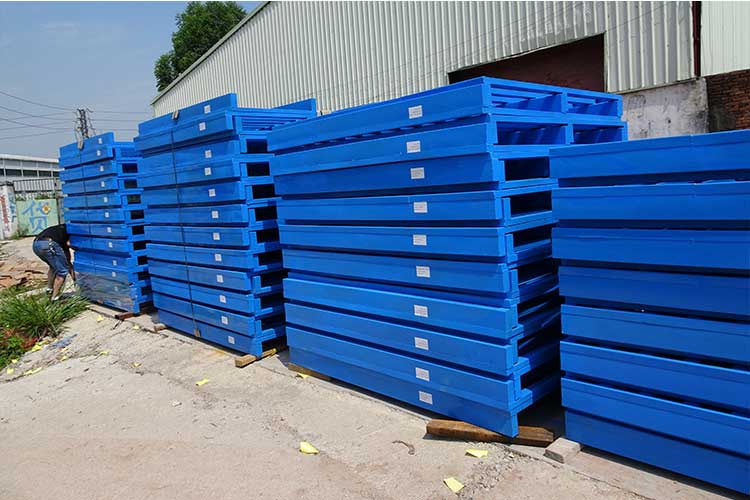
Advantages of Steel Pallets
1.High Load Capacity:
Steel pallets are renowned for their exceptional load-bearing capacity, able to support heavier loads than plastic pallets. They are ideal for warehouses handling heavy machinery, equipment, or raw materials.
2.Durability:
Made from high-quality steel, steel pallets are sturdy and long-lasting. Over extended periods of use, they maintain stable performance, reducing replacement frequency and maintenance costs.
3.Resistance to Harsh Environments:
Steel pallets excel in high-temperature, high-humidity, and heavy-load environments. Even under extreme conditions, they maintain superior performance, ensuring the safety and stability of goods.
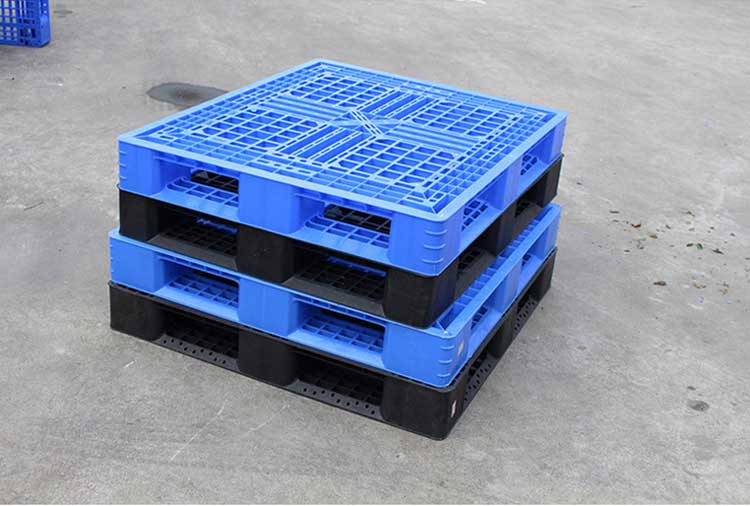
Advantages of Plastic Pallets
1.Moisture, Insect, and Corrosion Resistance:
Plastic pallets possess moisture, insect, and corrosion resistance, making them suitable for use in damp or bacteria-prone environments. In industries such as food and pharmaceuticals, plastic pallets are favored for their excellent hygiene properties.
2.Easy Cleaning:
Plastic pallets have smooth surfaces that are easy to clean and disinfect, meeting hygiene requirements. This is crucial for warehouses requiring high levels of cleanliness.
3.Nestability:
Plastic pallets often feature nestability, allowing for space-saving storage and improved efficiency. This is an important advantage for warehouses with limited space.
Selection Recommendations
1.Based on Cargo Weight:
If the warehouse stores heavy goods, steel pallets are recommended to ensure load capacity and stability. For lighter loads, plastic pallets may be considered to reduce costs.
2.Consider the Environment:
If the warehouse environment is damp or prone to bacteria growth, plastic pallets are preferable for their superior hygiene properties. In harsh environments like high temperatures and humidity, steel pallets may be more suitable.
3.Cost-Benefit Analysis:
While steel pallets may have a higher initial investment, their long lifespan and stable performance can reduce long-term maintenance costs. Plastic pallets, though cheaper, may require more frequent replacements and maintenance. Therefore, a comprehensive cost-benefit analysis is necessary when making a decision.












